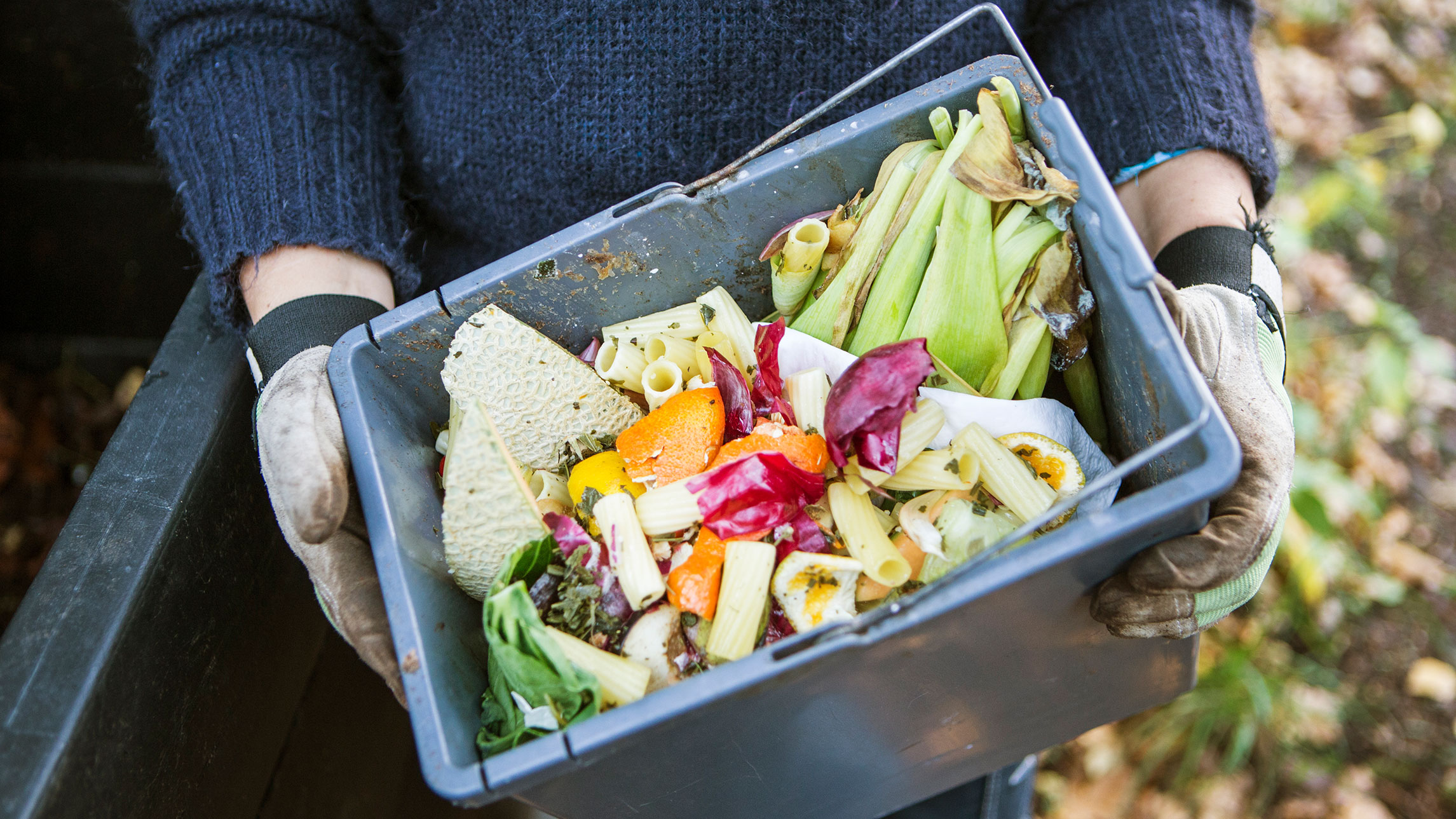Climate impact
Since 2010 Denmark has cut its food waste by 25%, or by 150,000 tonnes per year. That has driven cuts in emissions of about 0.14 Mt per year.
Scaling up this solution to other high-income countries would yield an annual emissions reduction of 12 Mt in 2030. Applying the solution additionally to upper middle- income countries would increase the impact significantly, to 240 Mt per year in 2030 because the food waste in these countries is so much larger.

Success factors
Denmark has adopted a Waste Strategy with a vision of a future without waste. The strategy applies various interventions, including public-private partnerships.
Public policies are supported by other initiatives. These include: public awareness-raising campaigns; food waste reduction strategies across all Danish supermarket chains; the adoption of “doggy bags” by more than 300 restaurants as members of the REFOOD label against food waste; and establishment of the world’s first international think tank against food waste.
Costs
Scaling up this solution saves money, yielding a negative abatement cost of –17 $/tCO2e. The total avoided costs from applying the solution in high-income countries is estimated at $210 million per year in 2030. Additional scaling up to upper middle-income countries would drive annual savings of $4.2 billion in 2030.

Co-benefits
Cutting food waste can relieve economic pressure on low-income families, if they get food at lower prices or for free. It avoids the direct economic costs and environmental impacts associated with food loss and waste treatment.
Additional systemic benefits can come from reduced food demand. This can for example include relieved pressure on forests and lower food prices.
Barriers and drivers
- Awareness raising and better education are the core drivers of Denmark’s success. Campaigns and edu- cational programmes can be accompanied by incen- tives for consumers and companies.
- Health and safety regulations can block supermarkets and restaurants from donating food to charities. Creating more supportive regulations would enable the food sector to participate more fully in cutting waste.
- Food sharing can be more difficult in hot and humid climates where food spoils more quickly. Food preservation technologies exist that could foster the solution in such climates.





